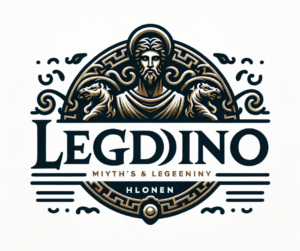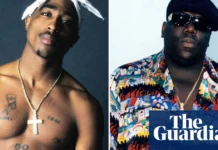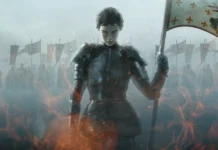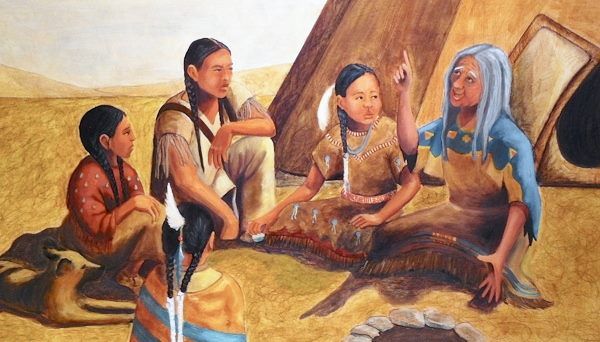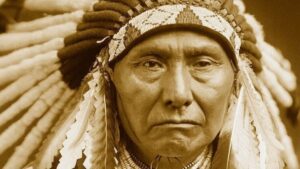
Native American folklore, with its rich tapestry of myths, legends, and cultural traditions, has had a profound impact on modern storytelling and pop culture. This influence, though often subtle, can be seen in various aspects of literature, film, and media, shaping narratives and characters in ways that reflect the deep-rooted traditions of Indigenous peoples. This article explores how Native American folklore has contributed to contemporary storytelling, the challenges of cultural appropriation, and how pop culture continues to evolve in its representation of Indigenous stories.
Understanding Native American Folklore
Native American folklore encompasses a wide range of stories, including creation myths, trickster tales, and hero legends. These stories are not just entertainment; they serve as vehicles for teaching moral lessons, preserving history, and fostering a sense of identity within communities. Each tribe has its own unique set of stories and deities, reflecting their distinct cultures and worldviews.
Key elements of Native American folklore include:
- Creation Myths: Stories explaining the origins of the world and human beings.
- Trickster Tales: Featuring characters like Coyote or Raven who use cunning and deceit for various purposes.
- Hero Legends: Chronicling the adventures of heroic figures who undertake quests or challenges.
Influence on Modern Storytelling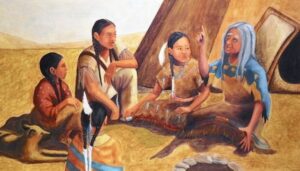
Native American folklore has subtly infiltrated modern storytelling, influencing various genres and mediums.
1. Literature
In literature, Native American myths and legends have inspired many authors to incorporate elements of Indigenous storytelling into their works. For example:
- Sherman Alexie: His novels, such as “The Absolutely True Diary of a Part-Time Indian,” blend contemporary Native American experiences with traditional folklore.
- Leslie Marmon Silko: “Ceremony” uses Indigenous storytelling techniques to explore themes of trauma and healing.
These authors, among others, use folklore to enrich their narratives, providing readers with a deeper understanding of Native American cultures.
2. Film and Television
Hollywood has also drawn from Native American folklore, though often with varying degrees of authenticity and sensitivity. Films and TV shows have featured mythical creatures, legends, and cultural motifs:
- “Pocahontas” (1995): Although criticized for its historical inaccuracies, this Disney film introduced many viewers to Native American themes and stories.
- “The Lone Ranger” (2013): Incorporates the character of Tonto, whose portrayal reflects elements of Native American culture.
While some adaptations bring greater awareness of Native traditions, others risk perpetuating stereotypes and inaccuracies.
3. Video Games
The gaming industry has also tapped into Native American folklore. Games like “Never Alone” (Kisima Ingitchuna) are developed in collaboration with Indigenous communities to accurately represent their stories and cultural practices. This approach allows players to engage with folklore in a respectful and educational manner.
Challenges of Cultural Appropriation
One major issue is cultural appropriation, where elements of Native American folklore are used without proper respect or understanding. This can lead to:
- Misrepresentation: Distorted or inaccurate portrayals of Indigenous cultures.
- Exploitation: Profiting from cultural elements without acknowledging or compensating the original communities.
To address these challenges, creators are increasingly seeking collaboration with Indigenous consultants and communities to ensure respectful representation.
The Future of Native American Representation in Pop Culture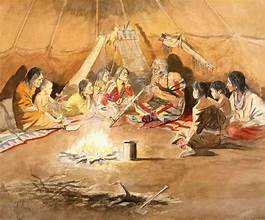
The representation of Native American folklore in pop culture continues to evolve. Modern creators are increasingly focused on authenticity and collaboration:
- Indigenous Voices: More Native American creators are gaining visibility and using their platforms to tell their own stories. For instance, Ruth S. H.‘s film “The Grizzlies” highlights Indigenous experiences with an authentic perspective.
- Education and Awareness: Increasingly, media and educational institutions are working to correct historical inaccuracies and educate the public about Native American cultures.
Conclusion
The influence of Native American folklore on modern storytelling and pop culture is significant and multifaceted. From literature and film to video games, Indigenous myths and legends enrich narratives and broaden our understanding of diverse cultures. However, it is crucial for creators to approach this influence with respect and authenticity, ensuring that Indigenous voices are heard and their stories are told with the dignity they deserve. As pop culture continues to evolve, the ongoing dialogue about representation and cultural appropriation will shape how Native American folklore is integrated into contemporary media.
